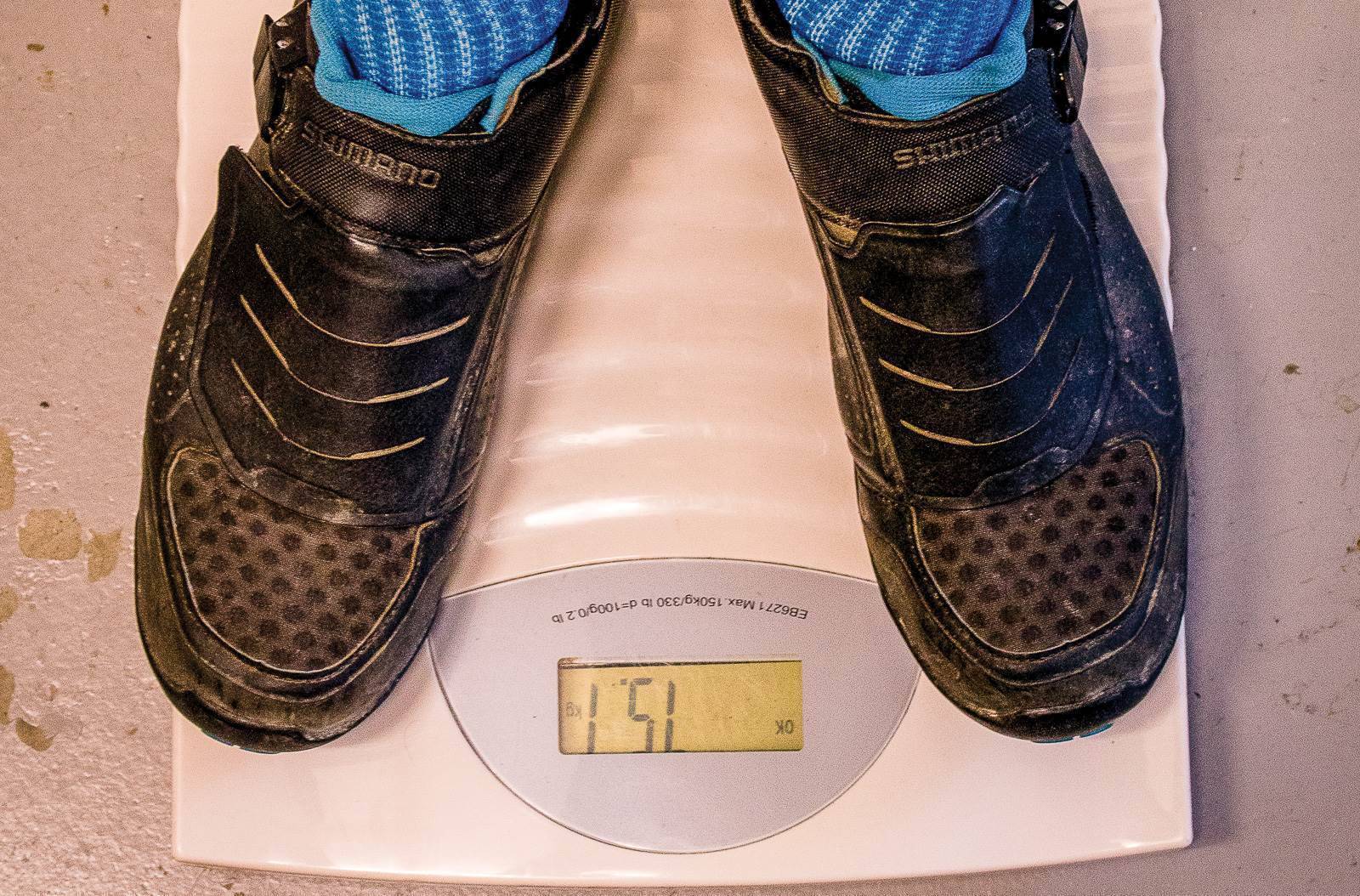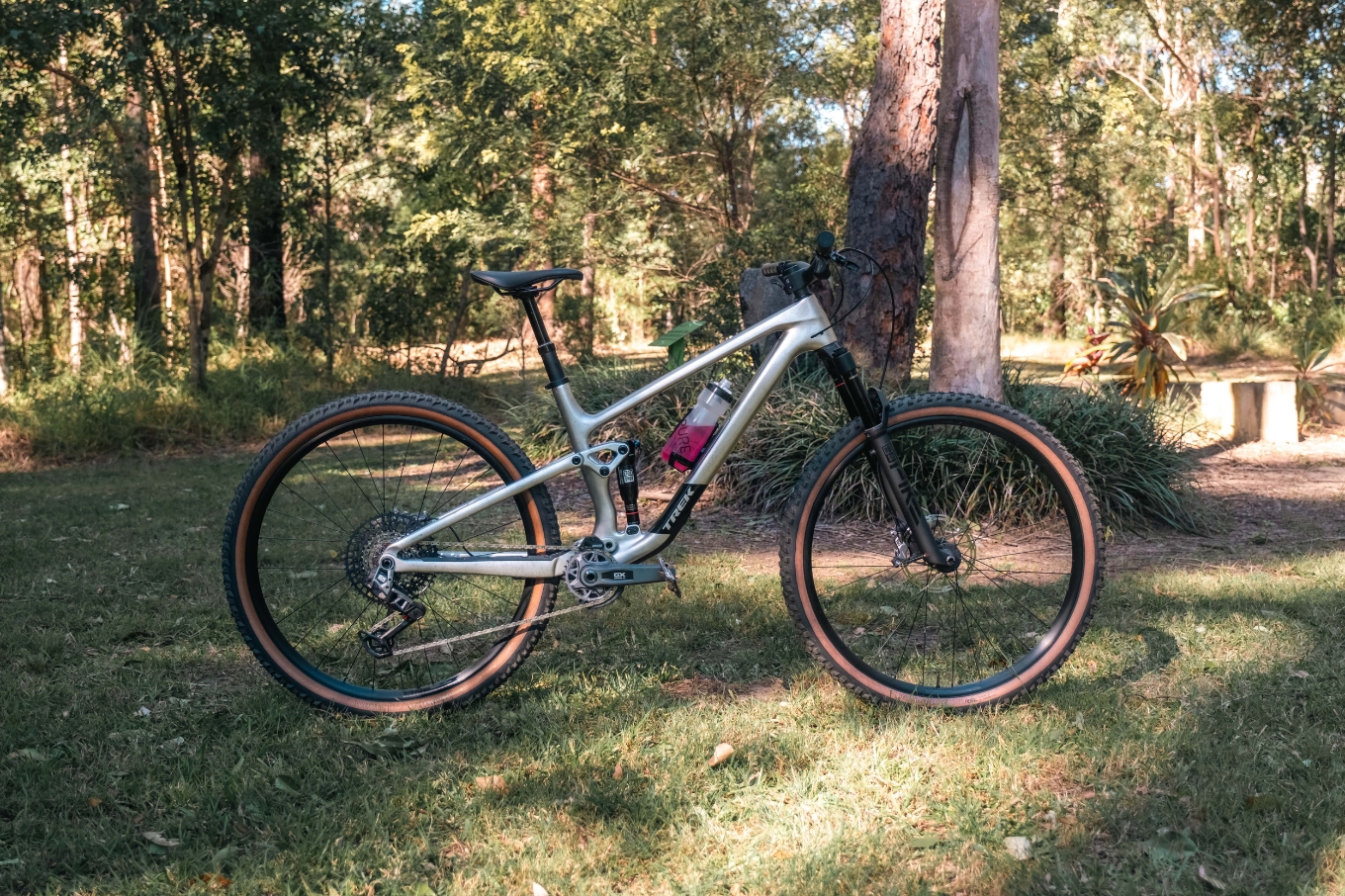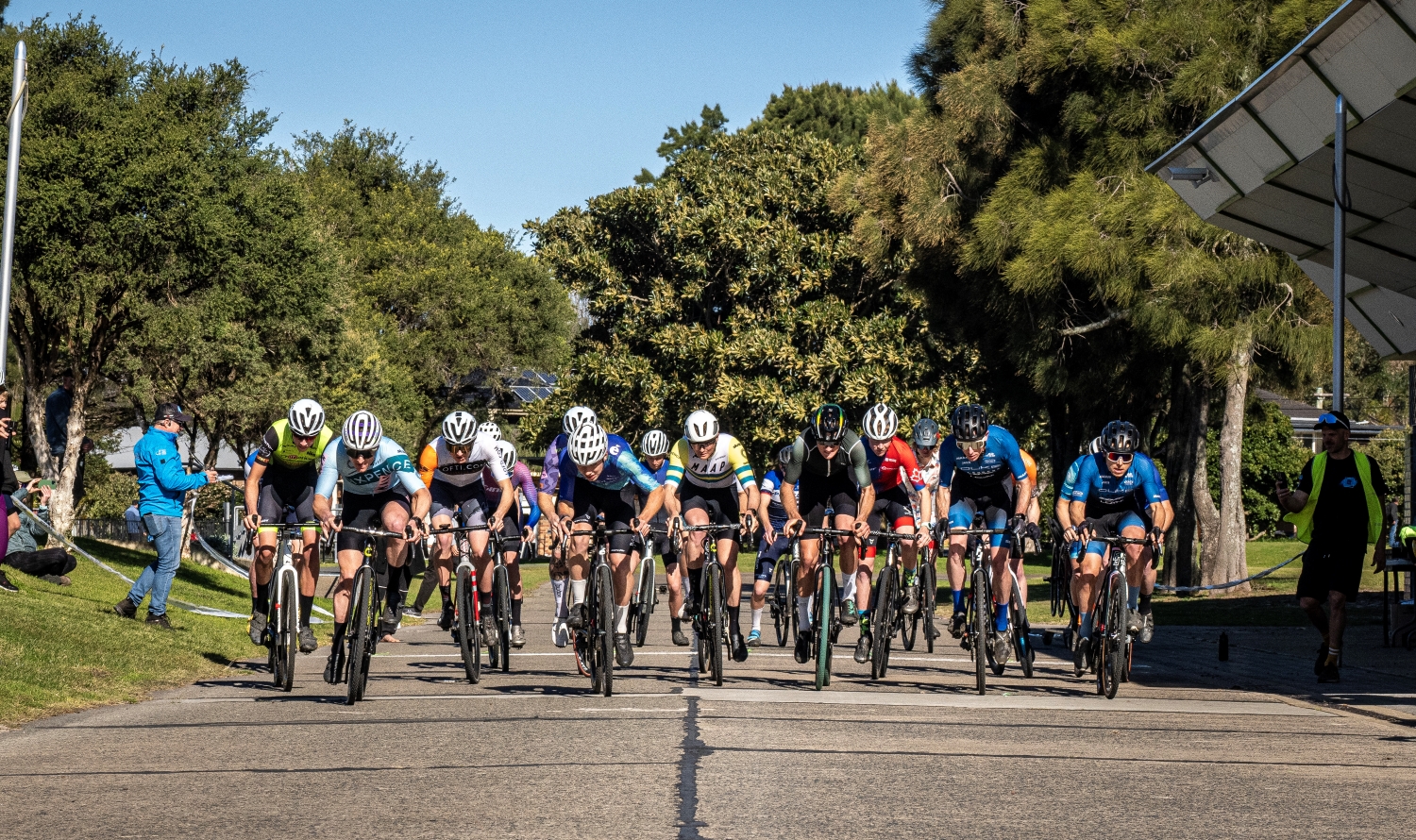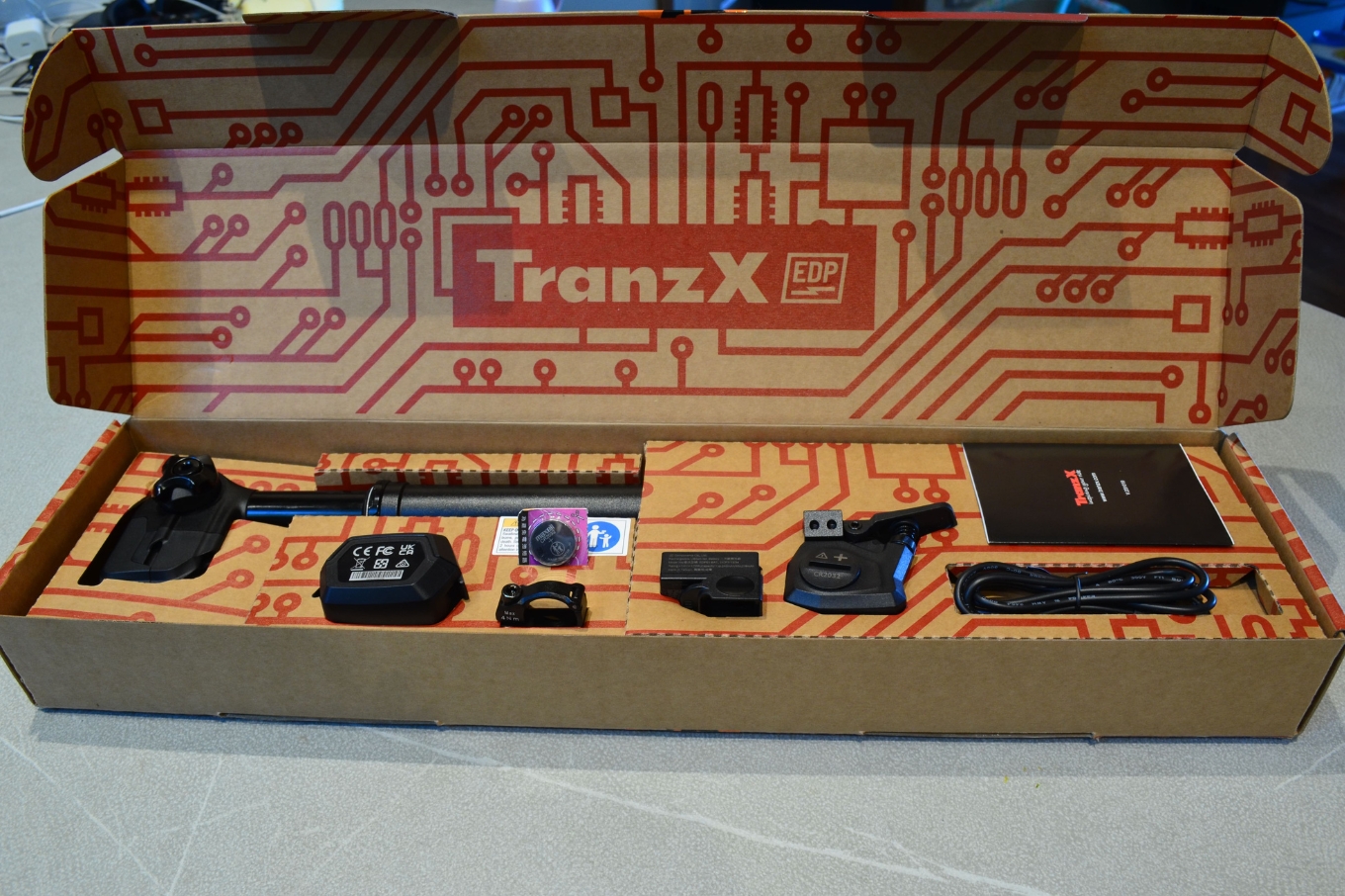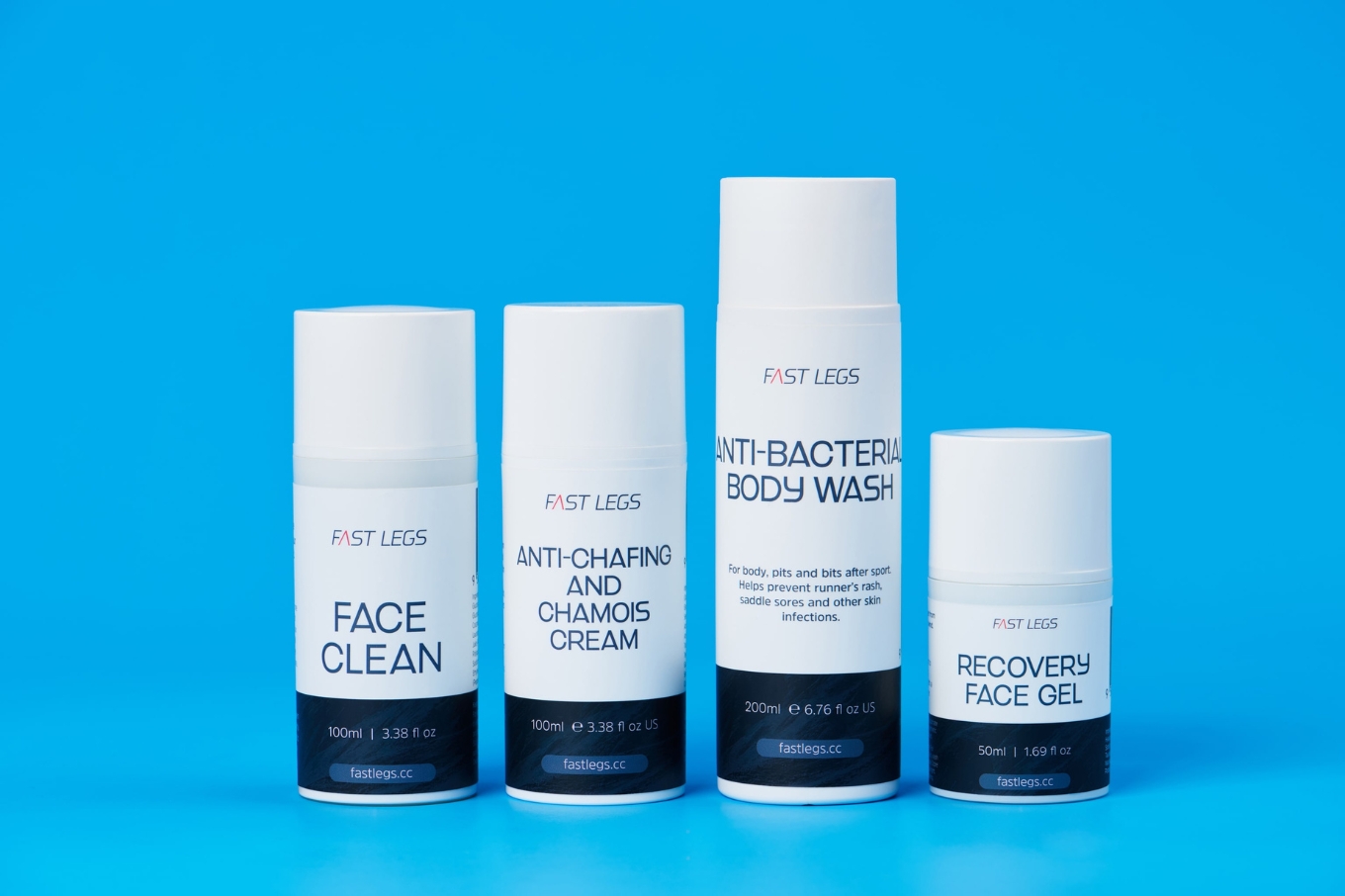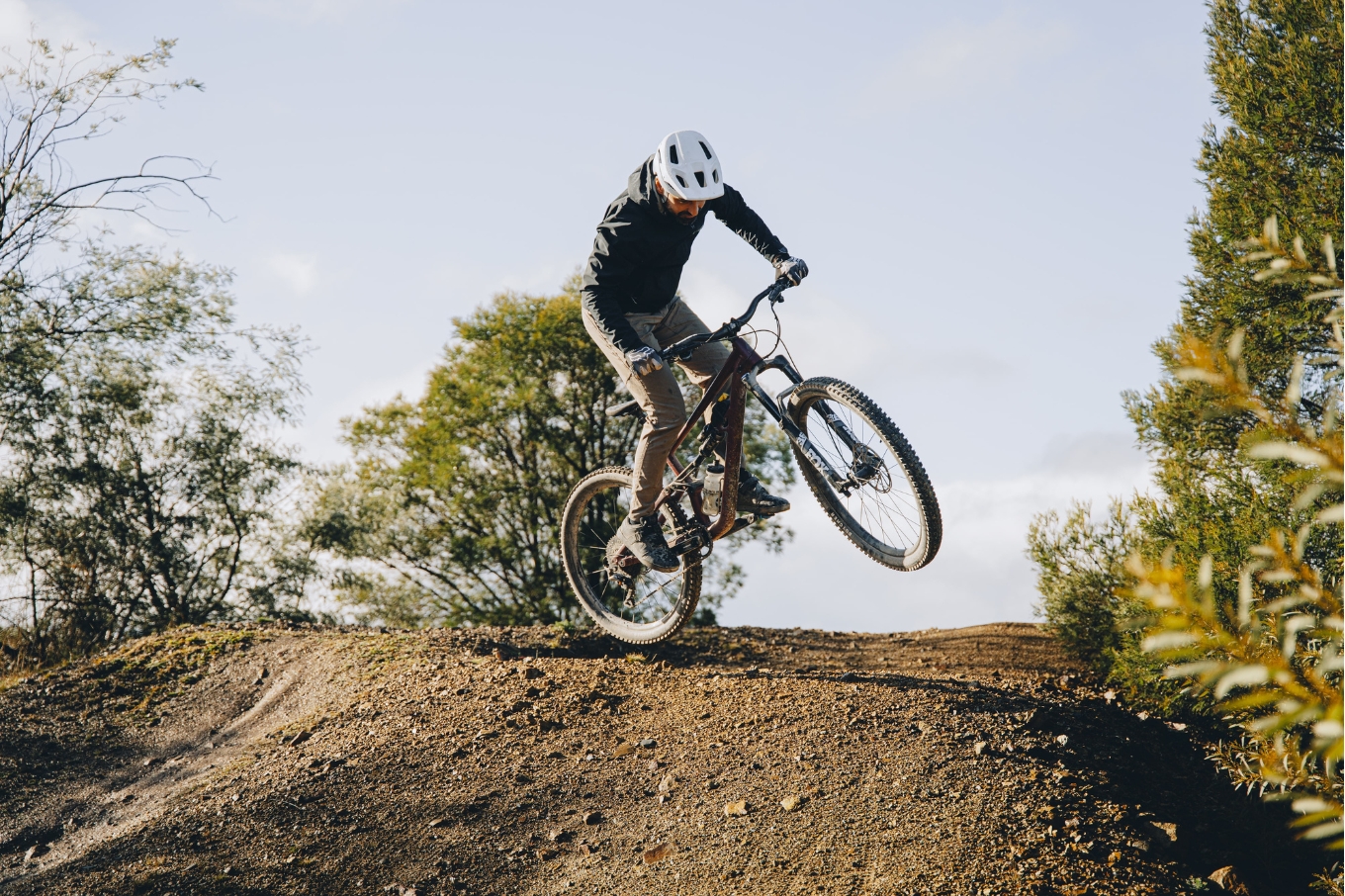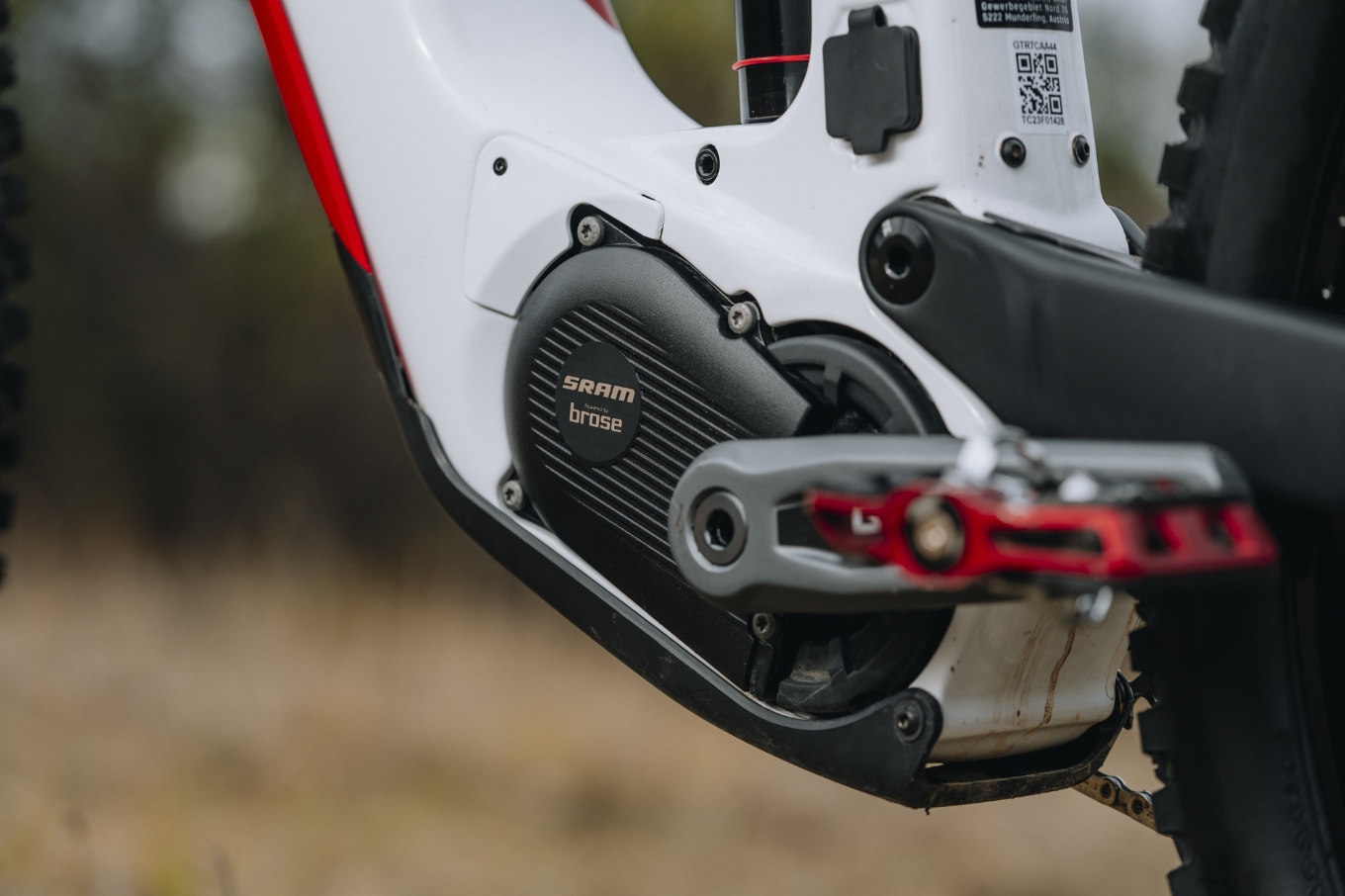Losing weight without losing performance
Coming out of winter hibernation with a little more bulk than we had going in can be frustrating. But, rapid weight loss can kill your performance on the bike. Instead, here’s how to lose the winter weight, while still smashing your competitors.
We have body fat for a reason. Our body needs some fat to keep working properly, for fat-soluble vitamin transport, for energy and to maintain a healthy immune system. However, too much body fat can mean you won’t perform as well on the bike (any power-to-weight ratio nerds out there?). There is lots of information about diets out there, but chose the wrong approach and you’ll likely lose muscle, slow your metabolism and impair your performance. If you want to reduce your body fat, you need to do it carefully.
Discuss your goals
Before you start, make sure that the body fat percentage you’re aiming for is actually realistic and safe for you. If you’re aiming to lose the few kilos you’ve put on over winter, that’s probably fine, but don’t get carried away and take things too far. The lowest safe recommended body fat percentage is 5% in males and 12% in females. However, these levels are not necessarily best for all athletes, so discuss what’s best for you with your coach and/or sports dietician.
Start early
To lose weight you need to eat less than you burn (calorie deficit), but doing so can make training more difficult and prevent you from performing at your best. Starting early will give you more time, so you’ll be able to reach your goal for body fat more slowly (aim for around 0.5kg per week at the most). Losing weight more slowly decreases the likelihood of muscle loss, imperative to maintaining your fitness, strength and ultimately your performance.
If you can, try to time your weight loss when you don’t have a race coming up – or at least during less intense periods on your training program. You’ll be less likely to suffer illness or injury as your immune system and bodily functions will be better supported.
Go for good quality
Foods that contain lots of sugar or fat are full of calories that your body doesn’t really need. ‘Melty’ foods like ice cream, chocolate, chips or alcohol are prime examples of foods to avoid – lots of calories, easy to eat and worst of all, not very filling (where did that packet of Tim Tams go?).
Instead, focus on quality. Swap processed foods with unprocessed foods packed with fibre and protein to fill you up. For example, fruit, veggies, whole grains, nuts and seeds or lean meats and fish. You’ll feel fuller for longer and eat less calories over the day, which will lead to weight loss.
Protein has the added benefit of helping to maintain muscle mass during weight loss. Spreading protein intake over the day has been shown to stimulate more muscle protein production than splitting it between two or three meals. Include things like dairy, nuts, eggs or lean meats, chicken or fish at every meal and snack.
If it sounds too good to be true, it probably is…
An easy way to spot a crash diet is by their unrealistic promises. If you see any claims like, “Drop 5kg in one week”, “Easy weight loss in 1 simple step” or “Lose weight quickly and keep it off forever”, run away as fast as you can!
Restricting your calories too drastically leads to a poor nutrient intake that may not be able to support proper training and recovery. Not enough nutrients can quickly lead to injury, illness or over-training syndrome. You can also negatively affect your reproductive and bone health as well as metabolism. Instead, avoid cutting your calorie intake by more than 300-500 calories per day.
Work on timing
Pay particularly close attention to the food you eat around training sessions. Eating the right foods before training will allow you to train harder, and eating the right foods after training will help with recovery and reduce injury and illness.
Choose carbohydrate-containing foods such as fruit or dairy before your session and a mix of carbohydrate and protein within 30 minutes of your session to refuel and help with repair. Some good post-training foods include yoghurt or milk, eggs on toast, cereal or porridge made with milk, a recovery protein powder, or a meal with carbs and protein (e.g. lunch or dinner).
A FEW FINAL TIPS…
Maximise the process by also:
—Drinking enough fluids. Maintaining hydration can help to reduce appetite and keep you satisfied with smaller portions.
— Slow down! Often we eat more than we need because we eat too quickly and our stomach doesn’t have enough time to tell our brain that it’s full. Minimise the extra calories by taking 20-30 minutes for your meal.
—Check your appetite. Often we eat for reasons other than hunger: for example, habit, stress, boredom, social reasons etc. Instead, before you eat ask yourself “Am I actually hungry?” and if the answer is no, try to do something else instead.
— Avoid alcohol. Alcohol provides empty calories but also impairs performance.
— Fill up on veggies. Fill half your plate with vegetables or salad for a hit of filling fibre that will also reduce the calories in your meal.
— Get enough sleep. Lack of sleep also contributes to poor recovery, increases appetite and reduces performance so be sure to get your 6-8 hours each night.

